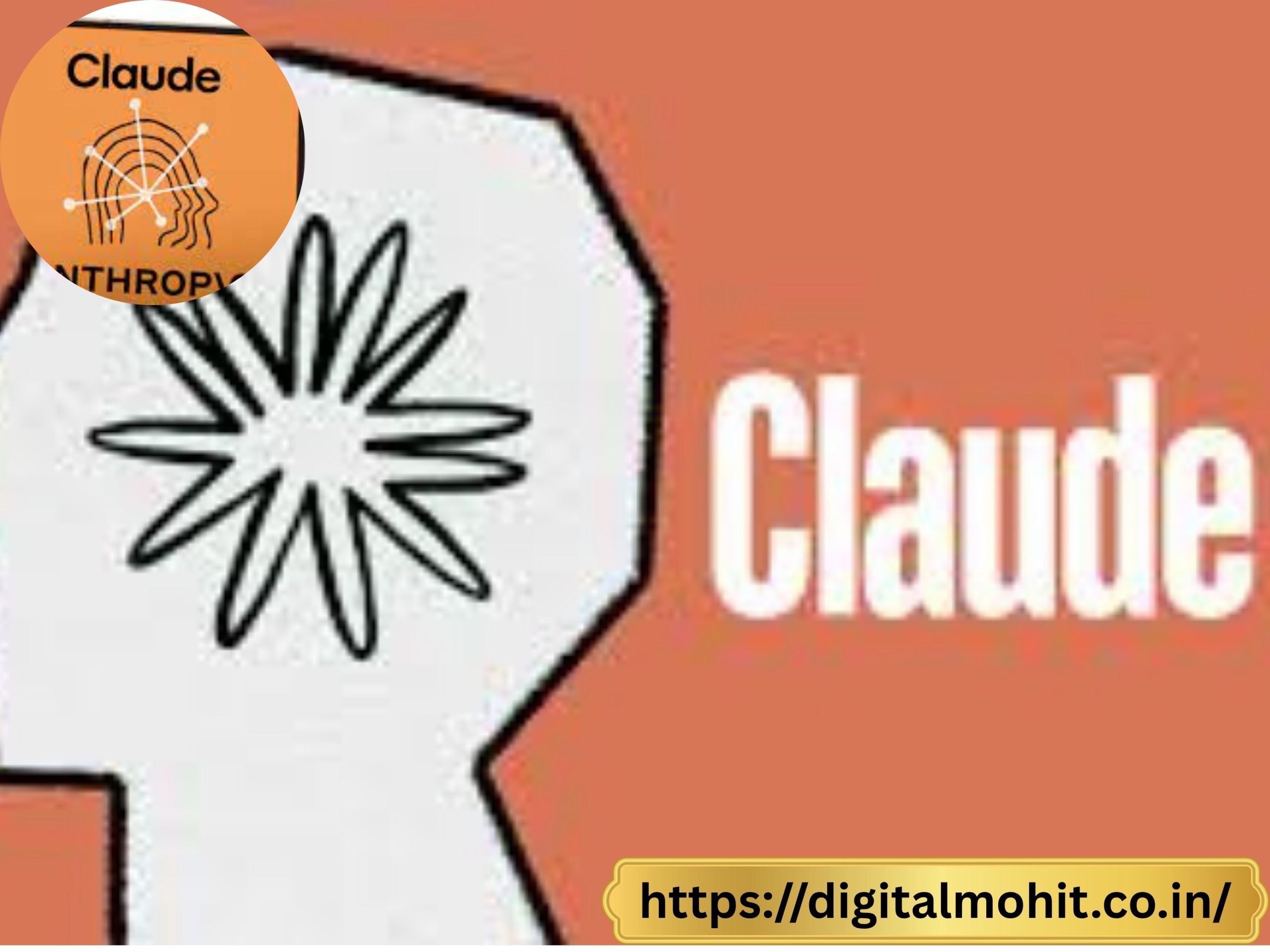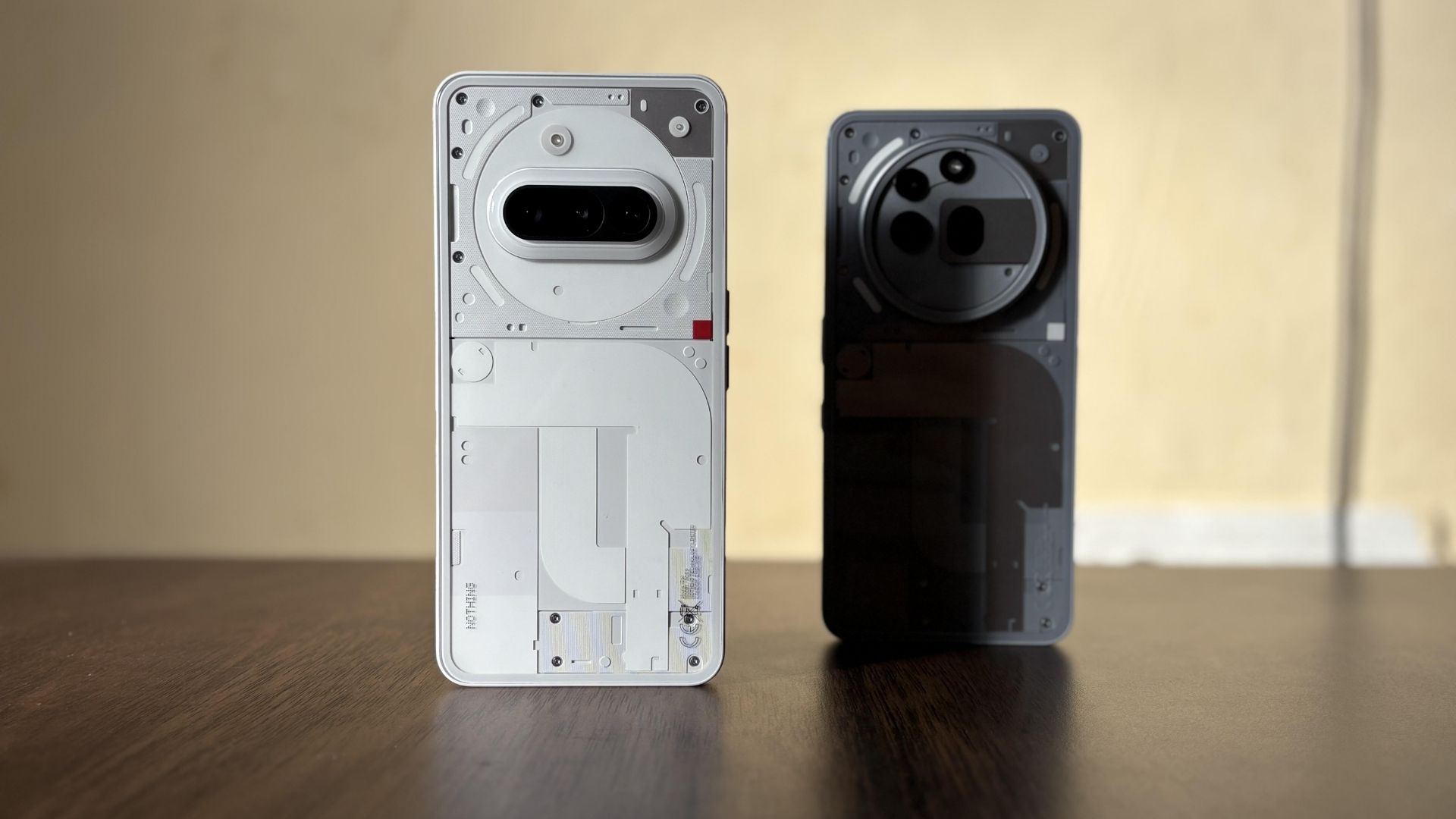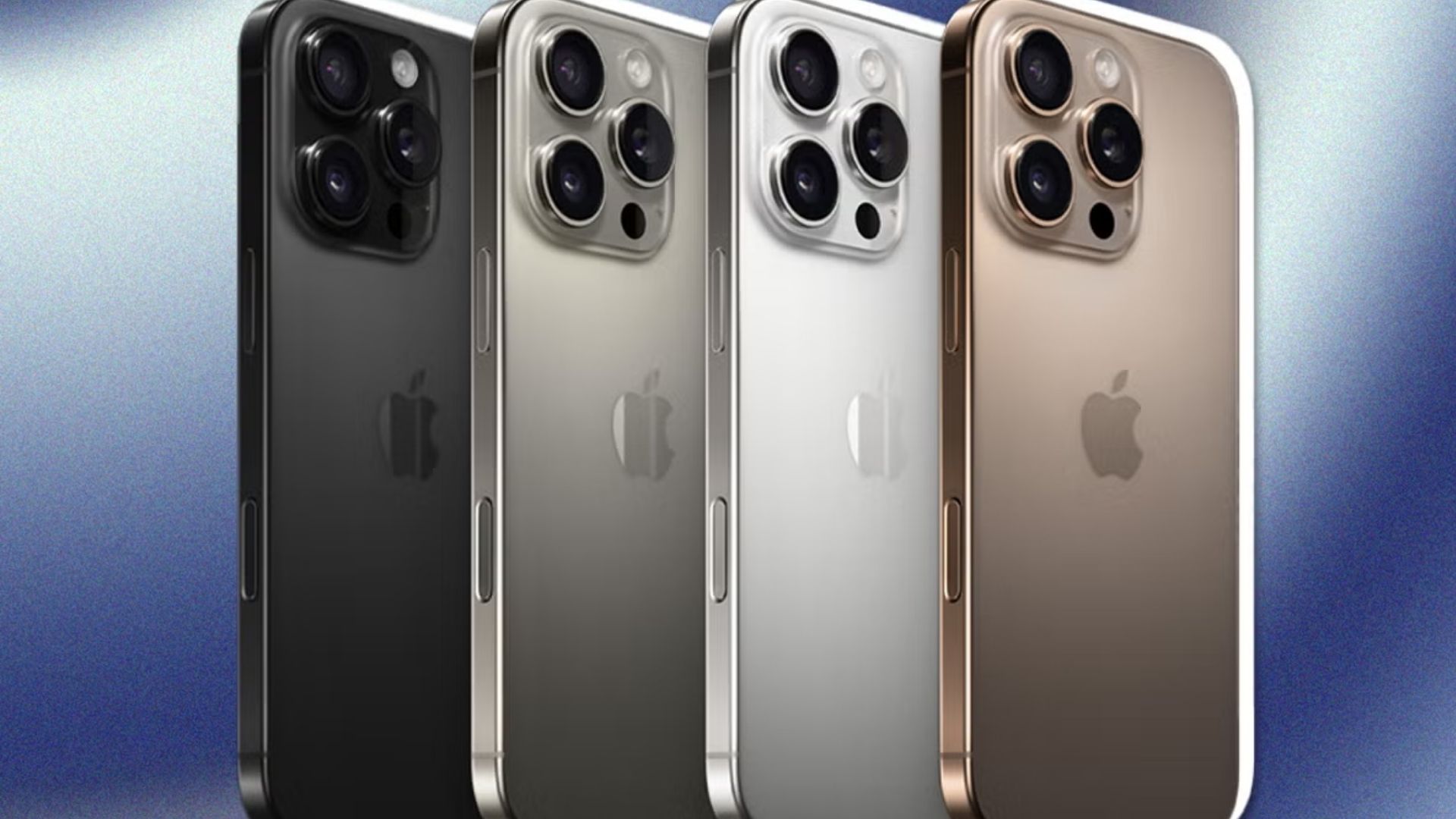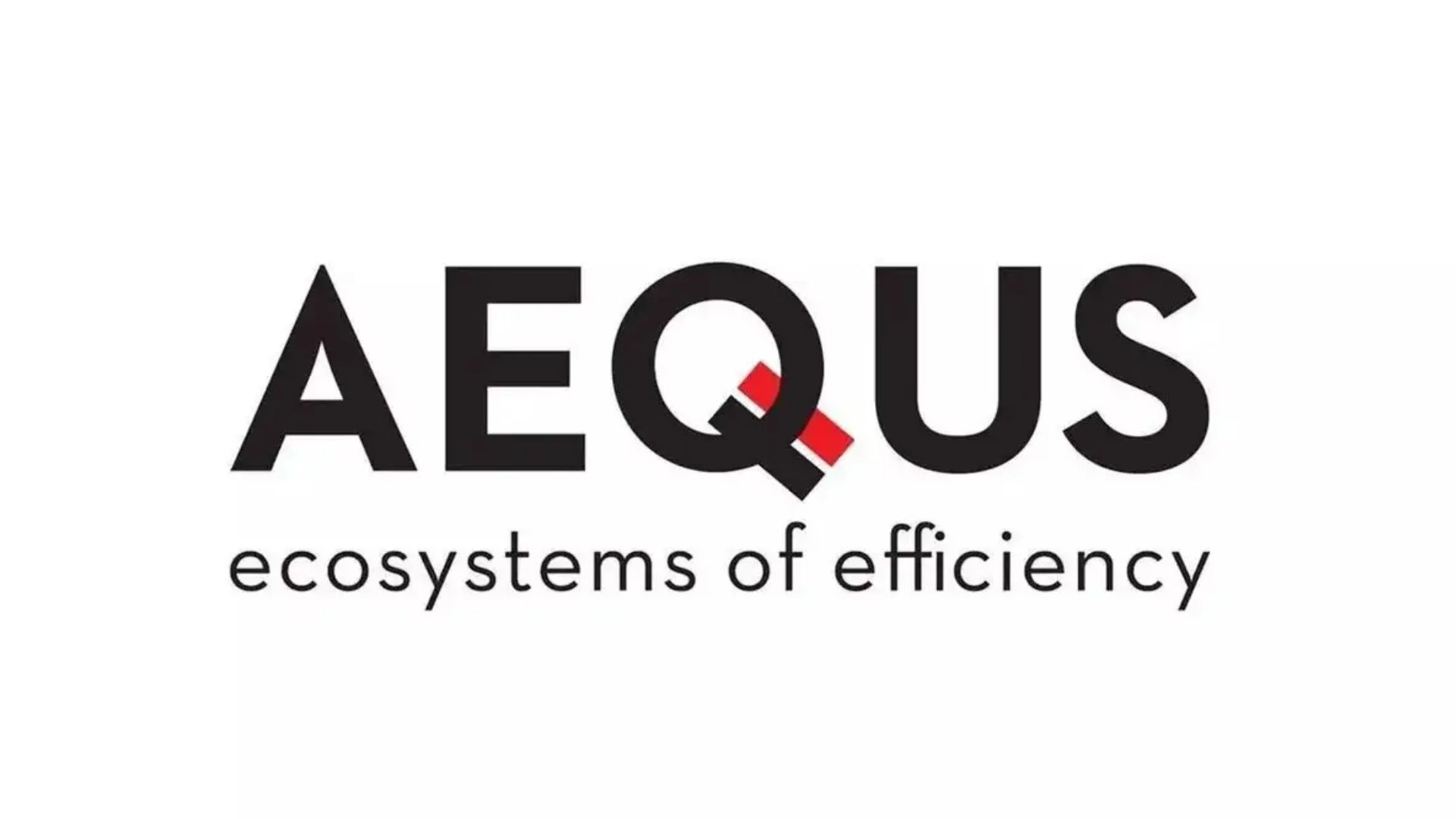Featured: Claude 3.5 and the Human-AI Compact
Artificial Intelligence is no longer just about computational power or clever chatbots — it’s about responsibility, relationships, and resilience. With Claude 3.5, Anthropic delivers not only a technological milestone but a strategic blueprint for AI’s role in society. It’s a model born of deep thinking, cautious optimism, and a strong moral center.
Anthropic’s new release invites the question: Can an AI be both sophisticated and safe, both creative and controllable? Claude 3.5 doesn’t just answer “yes” — it proves it.
LEARN MORE : https://digitalmohit.co.in/
The Evolution of Claude: From Reasoning to Responsibility
Since its inception, Anthropic has positioned itself a bit differently from other AI labs. Where OpenAI emphasized utility and Google DeepMind leaned into scientific prowess, Anthropic’s north star has always been alignment — the notion that AI should robustly reflect human intent, not just human prompts.
Claude 3.5, released in mid-2025, represents a powerful leap forward in this mission. Compared to its predecessor Claude 3, the 3.5 version brings notable improvements in:
- Context comprehension
- Mathematical and symbolic reasoning
- Tool use and planning
- Long-range memory and refinement
Yet what sets Claude 3.5 apart isn’t just performance — it’s the way that performance is shaped.
LEARN MORE : https://digitalmohit.co.in/category/technology/
Intelligence with Boundaries: How Claude 3.5 Stays Grounded
Let’s be honest: AI models have gotten smart enough that the concern isn’t just “can they do X?” It’s “how will they choose to do it?” This is where Claude 3.5’s real innovation lies.
Anthropic has implemented Constitutional AI, a framework that provides the model with a set of principles — effectively an internal ethical compass. These principles guide Claude’s behavior when it faces ambiguous or sensitive tasks. Think of it as values baked into code.
But it doesn’t stop at values.
Claude 3.5 has also been trained using Reinforcement Learning from Human Feedback (RLHF) and Anthropic’s newer AI feedback techniques, where older or less advanced models help supervise and fine-tune the newer ones — a sort of “AI raising AI” under human guidance.
The result? A system that:
- Defers safely when appropriate
- Explains its reasoning more clearly
- Avoids manipulative, biased, or unsafe behaviors
- Supports nuanced decision-making without overstepping
It’s like talking to a knowledgeable colleague who also happens to have a deep sense of ethics.
A Human-Centric Strategy
Behind Claude 3.5 is a bigger story — one about Anthropic’s vision for human-centric AI.
Rather than aiming for AGI at all costs or commercial domination, Anthropic’s approach is more cautious and structured. Their “frontier model” roadmap is built around systematic scaling with transparency, and their partnerships (like with AWS and Notion) reflect a desire to embed AI meaningfully into human workflows — not overwhelm them.
Safety Before Supremacy
Anthropic has made it clear they won’t release models beyond certain thresholds of capability without robust governance. This isn’t just lip service. In internal documents and public statements, they’ve shared that:
“The difference between a powerful assistant and a dangerous one is less about raw IQ — and more about control, trust, and transparency.”
Compare that to the industry arms race, where models are measured by tokens, params, and benchmarks — and Claude 3.5 feels like a refreshing, thoughtful alternative.
Benchmark Breakdown: How Does Claude 3.5 Compare?
Performance-wise, Claude 3.5 stands tall:
| Task | Claude 3.5 | GPT-4.5 | Gemini 1.5 |
|---|---|---|---|
| MATH (MATH Benchmark) | 85.2% | 84.1% | 82.7% |
| Code (HumanEval) | 91.0% | 89.5% | 90.2% |
| Multilingual Understanding | Top-tier | Top-tier | Leading |
| Ethics/Content Filtering | Leader | Strong | Moderate |
On top of that, Claude 3.5 offers:
- 200K+ token context window, great for long documents
- Low latency and faster completions
- Strong multimodal reasoning (with image inputs and diagrams)
But again — it’s not just about winning benchmarks. It’s about how it feels to use the model.
What Users Are Saying
Across Reddit, Hacker News, and private forums, early adopters of Claude 3.5 have echoed similar sentiments:
“Claude 3.5 doesn’t just answer my question — it anticipates what I meant to ask.”
– Software engineer, Seattle
“Feels like a creative partner that doesn’t need babysitting. That’s rare.”
– UX Designer, Berlin
“I’d let my 13-year-old use Claude before I’d let them touch most other models.”
– Educator, London
These anecdotes reflect what Anthropic hoped to build — a safe, smart, and trustworthy assistant, not just another model that completes sentences.
The Future: Models That Align by Design
Claude 3.5 isn’t the endgame. Anthropic is already exploring Claude Next, a system they say may exceed today’s frontier models — but they’re taking their time.
Their roadmap is clear:
- Scale responsibly
- Improve transparency tools
- Partner with governments, researchers, and civil society
- Prepare society for superhuman systems
In other words, Claude 3.5 is not just a product — it’s part of a social contract. An acknowledgment that AI will shape the future, and we must shape it carefully.
Final Thoughts: Strategy Rooted in Humanity
Where others sprint, Anthropic studies the terrain. Where others chase benchmarks, they seek balance.
Claude 3.5 is more than a model — it’s a marker. A signal that alignment, safety, and thoughtful engineering aren’t optional features, but essential components of the AI future we’re building.
If Claude 3.0 introduced a new kind of AI assistant, Claude 3.5 elevates it to a true collaborator — principled, perceptive, and profoundly aware of its place in the world.
And that, perhaps more than any single metric, is what makes it strategic.
















Leave a Reply